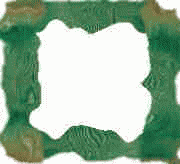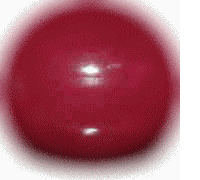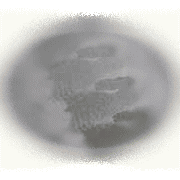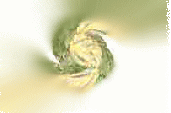
「A special contribution of Zen to Eastern thought was its recognition of the mundane as of equal importance with the spiritual.
It held that in the great relation of things there was no distinction of small and great, an atom possessing equal possibilities with the universe.
The seeker for perfection must discover in his own life the reflection of the inner light.
The organisation of the Zen monastery was very significant of this point of view.
To every member, except the abbot, was assigned some special work in the care-taking of the monastery, and curiously enough, to the voices were committed the lighter duties, while to the most respected and advanced monks were given the more irksome and menial tasks.
Such serices formed a part of the Zen discipline and every least action must be done absolutely perfectly.
Thus many a weighty discussion ensued while weeding the garden, paring a turnip, or serving tea.
The whole ideals of Teaism is a result of this Zen conception of greatness in the smallest incidents of life.
Taoism furnished the basis for aesthetic ideals, Zennism made them practical.」(From the Book of Tea-Taoism and Zennism, pp.51-52, Charles E. Tuttle Co., Rutland, Vermont-Tikyo, Japan)
Today's description is the summary of Taoism and Zennism related to Teaism.
Okakura described that Taoism furnished the basis for aesthetic ideals, Zennism made them practical.
As its practical way of human lifestyle, we drink tea to search aesthetic ideals and practical performance of greatness in daily life, even in the smallest incidence.
Image Designer: Izumi Mori










